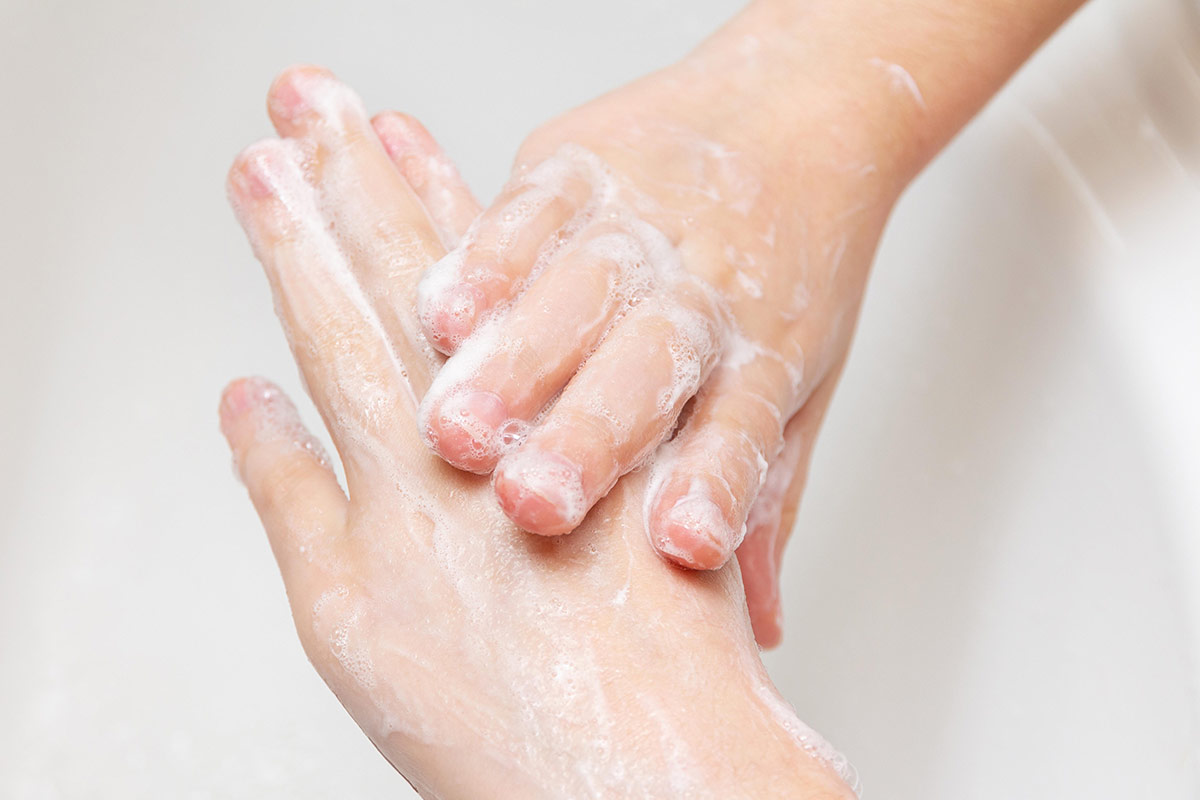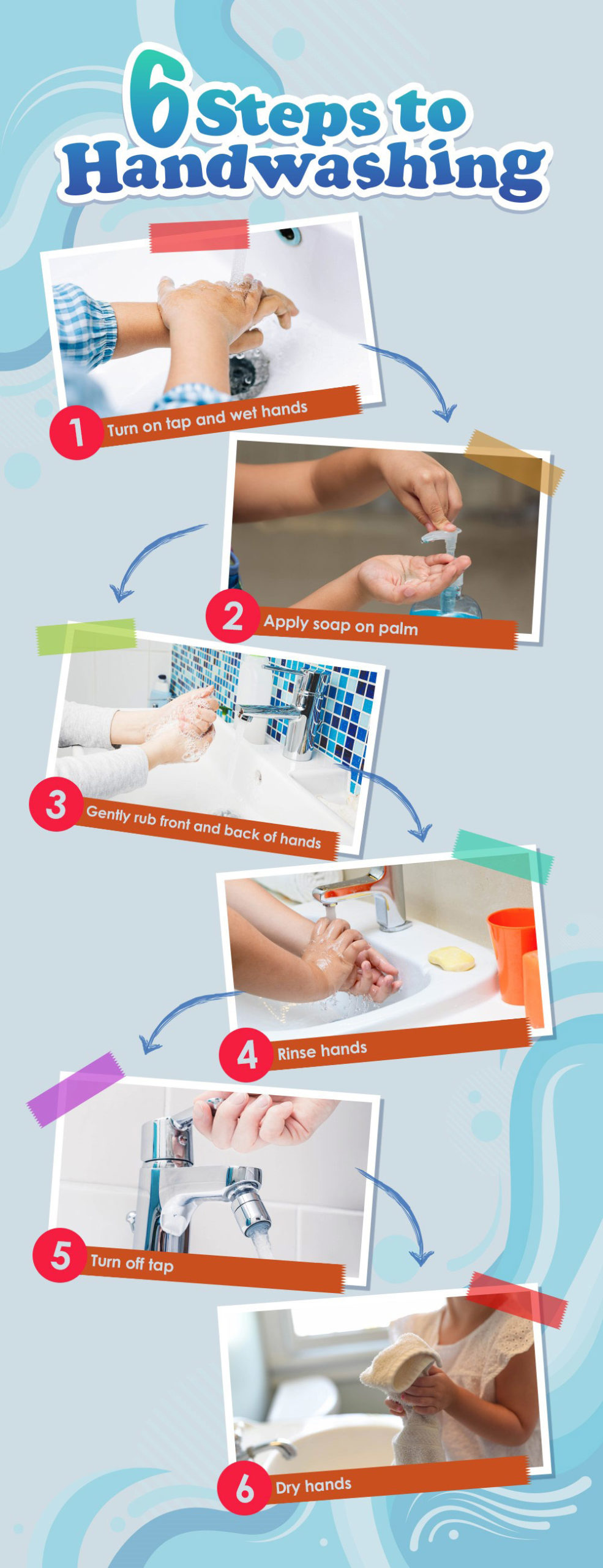All About Hygiene: 4 Techniques to Teach Your Child to Wash Their Hands
Establish personal hygiene as an everyday responsibility with these easy hand-washing steps.
Given the importance of good hygiene because of the spread of COVID-19, getting children to wash their hands regularly is now more critical than ever.
Washing hands properly with soap and water can help prevent the spread of bacteria and viruses that cause numerous diseases. Infections can cause serious complications, especially for children with a weakened immune system.
While most children might just need a reminder, special needs children with developmental challenges like autism spectrum disorder (ASD) may need more than a simple prompt to learn and practice handwashing.
Differently-abled children do not always acquire a personal hygiene regimen easily, and parents may also often experience frustration.
However, it is crucial to start them young. Parents and carers should keep the conversation going and establish personal hygiene as an everyday responsibility.
While personal hygiene is not limited to washing hands, this article provides a brief overview of how you can teach your differently-abled child proper handwashing. Please ensure that the young ones under your care are washing their hands frequently.

How Do You Teach Hand Hygiene?
1. Break down handwashing into simple steps
Divide the handwashing task into sequences and smaller steps. It is easier to teach your child with small steps. Focusing on a single step at a time could be easier for your child than trying to teach them the skill all at once.
2. Create a visual schedule
A visual schedule is a graphic representation of scheduled tasks and activities, including a picture for each step, as illustrated in the visual below. You can print and laminate the visual for your child and place it in your bathroom so your child can view it while practising.

3. Use handwashing videos
Using videos, also known as video modelling, can be an effective tool in helping ASD learners to perform activities of daily living skills.
Video modelling is often used to teach autistic children to pick up new skills or behaviour. Using a video can encourage the child to mimic the person’s actions in the video. Videos with verbal instructions can prove to be incredibly beneficial, too.
4. Prepare and practice
Before you set out to practice handwashing with your child, please ensure that you have all the items prepared. This includes hand soap, a step stool (if necessary), hand or paper towels, and the visual.
Note: Leaving the items in the exact location can help your child concentrate on learning the steps rather than trying to find the items.
You could also consider providing “reinforcers” – a written and labelled praise, the child’s favourite toy, or a snack. Experts suggest that children will be more motivated to practice and pick up skills faster with reinforcers.
Taarana School provides programmes with social and emotional support for children with, among others, Down syndrome, Attention Deficit Disorder (ADD), Attention Deficit Hyperactivity Disorder (ADHD), Autism Spectrum Disorders (ASDs), Developmental Co-ordination Disorder (DCD) or Dyspraxia, and Global Development Delay.
Taarana offers a broad and balanced curriculum that meets the needs of all students. Learning and skills development are personalised, ensuring that each child fulfils their potential. For example, Taarana’s unique Transition Programme comprises functional academic lessons, daily/independent living skills, personal care and hygiene, basic financial skills, computer skills, transportation skills, and social/relational skills.
By Yusnorita Mohd Isa
Numeracy and Cooking Skills, Arts & Crafts Teacher, and
Noor Irni Hanida
Occupational Therapist

